How to pass a medical
Surviving a rigorous examination can be the difference between completing a dream move and returning to your current club kissing the badge
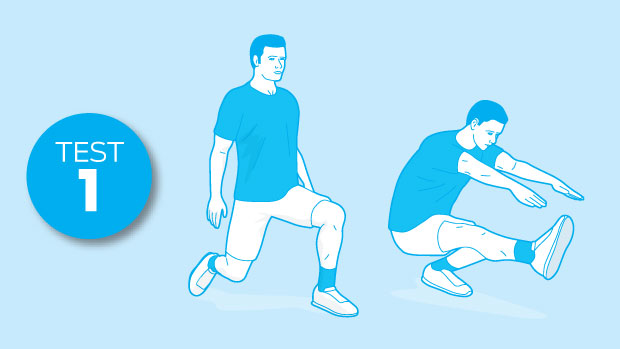
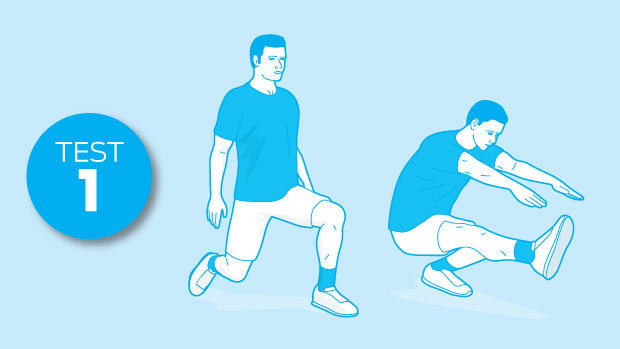
Test 1: Musculoskeletal stability
“We look in depth at the lower lumbar [back] and pelvic region - as these are areas where hamstring and adductor problems can originate from,” says Millwall physio Bobby Bacic.
Score yourself: Check for defects in function or muscle tightness when performing simple football moves. “We’ll get players to do leg squats, hop tests and lunges to spot weaknesses,” says Luke Anthony, head of sports medicine at Reading.

Test 2: Heart and health
“A club medical includes cardiac screening with ECG, echo monitor and history questionnaire,” says Dr Ian Beasley, FA’s head of medical services. “There would also be blood tests and a physical examination.”
Get FourFourTwo Newsletter
The best features, fun and footballing quizzes, straight to your inbox every week.
Score yourself: “Players have the same regular bloods as a GP would test for during a check-up, along with urine tests that can detect proteins or acids in the urine, giving an indication of issues such as diabetes,” says Anthony.
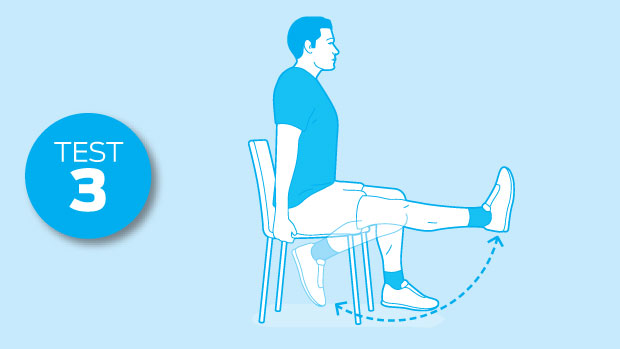
Test 3: Isokinetic assessment
“We can calculate the output of the quads and hamstrings,” says Bacic. “They work together and identify weaknesses which may predispose injury.”
Score yourself: Do knee flexion and extension drills at different speeds to determine the strength of your most vulnerable joint. An expected range for flexion would be 130 degrees – touch calf to hamstring. An extension: 15 degrees – straighten out knee as much as possible.
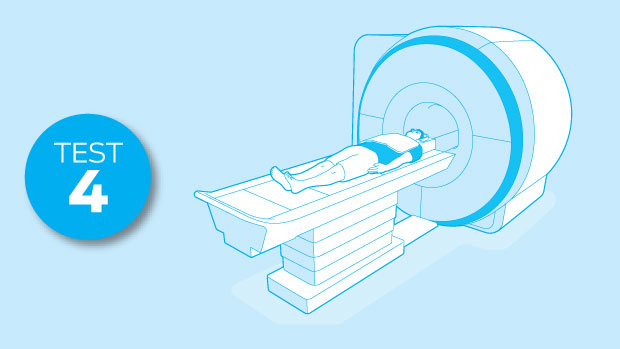
Test 4: Deep scanning
“A club will send a player with an injury history to hospital for a magnetic resonance scan. The MRI will look at back, hip/pelvis, knees, ankles and also neck and shoulders for keepers,” says Dr Beasley.
Score yourself: If you have private health care, get your heart checked. “Sometimes the transfer fee will also dictate the extent to which a player will have scans. They will have a heart ultrasound if there is a medical history that’s of concern,” says Anthony.
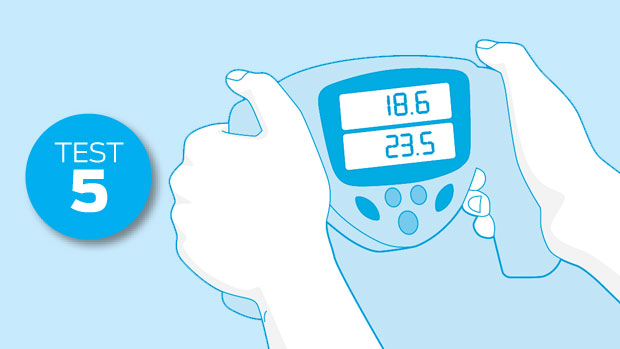
Test 5: Body fat score
“This is something the club dietician would have to look at,” says Bacic. “We would be concerned if a player was over 12 per cent.”
Score yourself: Use a body fat monitor to send an electrical signal through your body. The signal travels quickly through lean tissue, which has a high percentage of water and is therefore a good conductor of electricity, and more slowly through fat, to record your percentage.
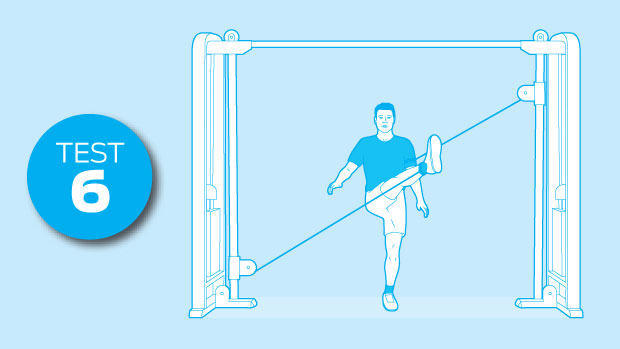
Test 6: Range of movement
“We look at hip extension range and quad muscle length,” says Bacic. “An unrestricted natural movement through the limb’s full range of motion is what we want to see.”
Score yourself: “In the gym use the crossover cable,” says Bacic. “Attach the lower cable around the ankle and the opposite cable at shoulder height and then kick across the body to the opposite hand."
